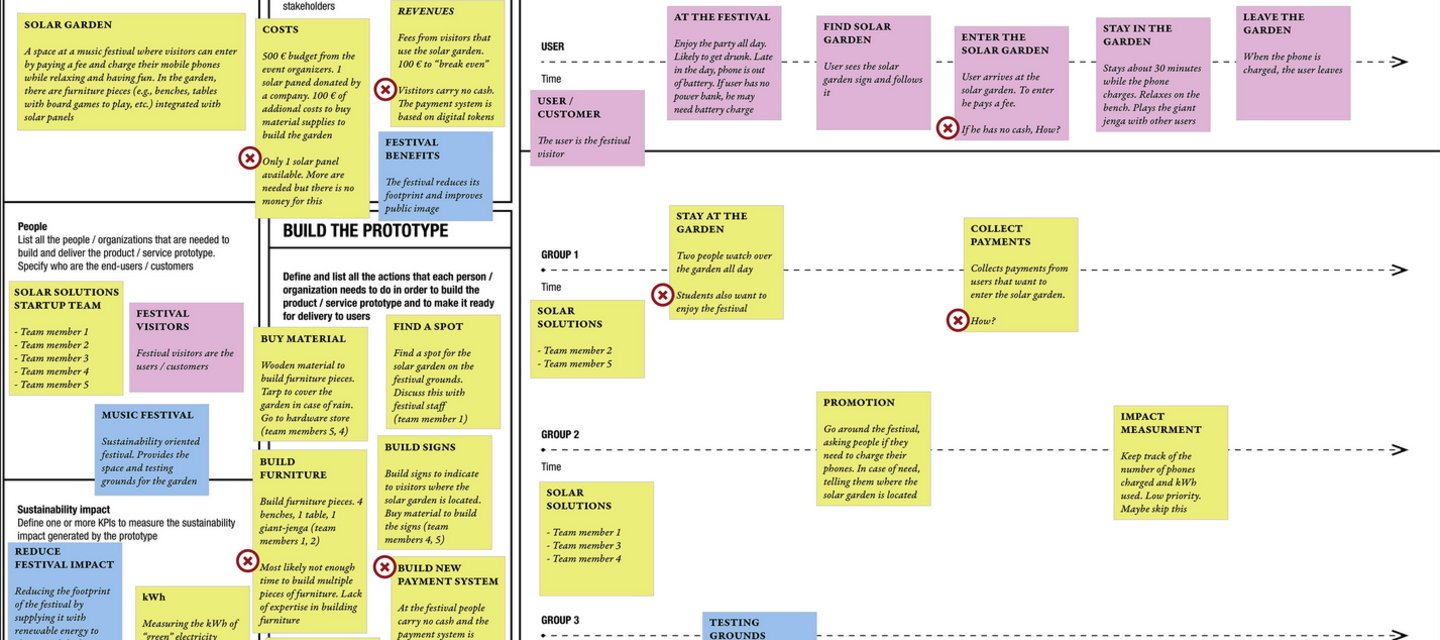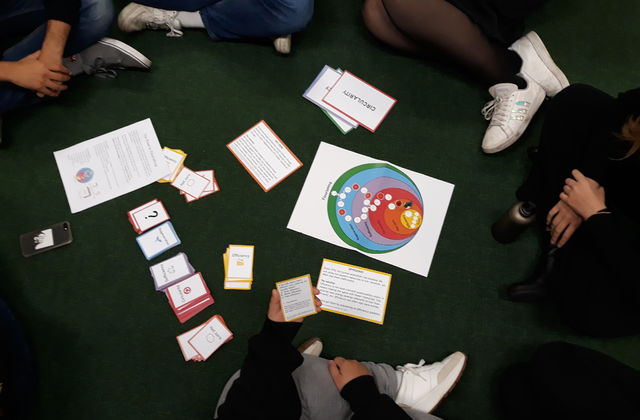The Road to Flourishing game
The Road to Flourishing is a game-based tool for sustainable business innovation. It aims to show the breadth of sustainable business model options and encourage businesses to think beyond the easy-to-implement ones. The game can be used in combination with other tools, as an introduction exercise that sets…



